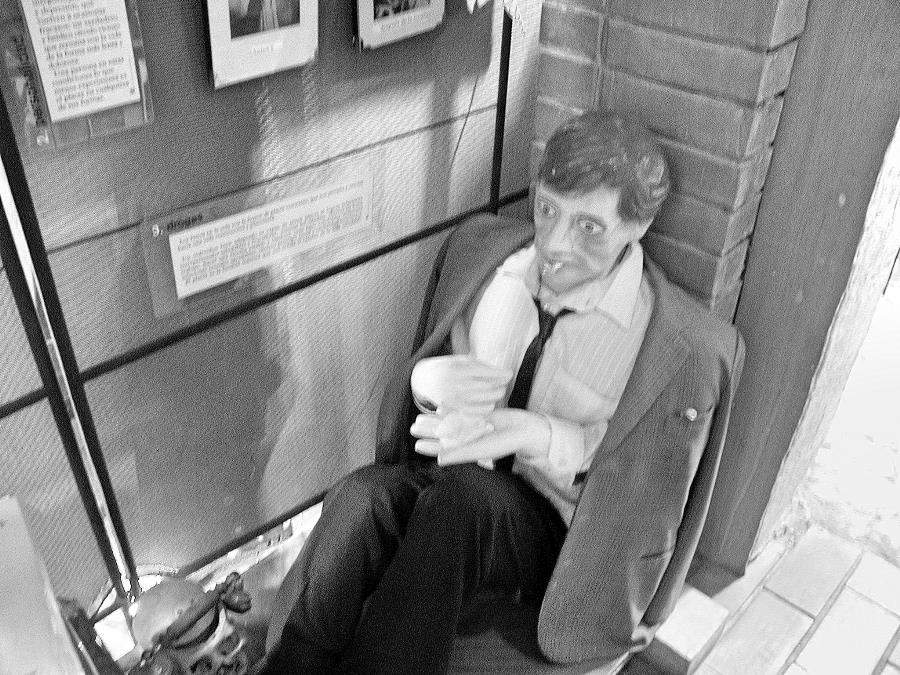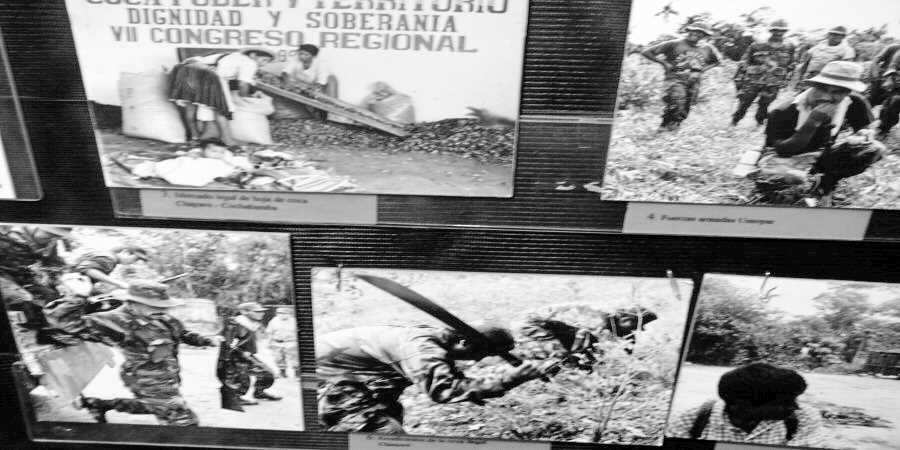| advert | Stay Free as a House Sitter. The Win Win for Pet Lovers That Travel
The Coca Museum, La Paz
Let me begin by saying I’ve never wanted to be chained to a mirror and a razor blade. Put me in a bathroom with the shiniest, buffed mirror, accompanied by the most sparkling razor, and I still shake my head to refuse a blast of Bolivian marching powder. So while urinating alongside a stranger in a back alley in Cusco, I certainly wasn’t keen to insert up my nose the filthy finger that the white powder was sitting on.
But that’s confusing matters, as westerners are want to do when it comes to the coca leaf. To learn more about coca and its derivative, cocaine, I went to the Coca Museum in La Paz. Tucked away behind the Witches’ Market, a history of the coca leaf is unravelled. From its use in ritual in past and present Andean society to the hypocrisy and misguided attempts of the Gringo powers throughout post Colombian history to eradicate it.
At first glance, the small unassuming museum doesn’t look like it would occupy two hours staring at photographs, wax dummies and notices in Spanish. For those that do not speak Spanish a booklet is provided to translate each notice, numbered in turn, as you pace your way around.
The History And Use Of Coca
Beginning with the first cultivation of the weed, evidence has been found in mummies dating back to 2500BC and in the swollen cheeks of Tiahuanaco icons. More recent history includes American administrations’ attempts to bribe the Bolivian government to destroy farmers’ coca crops and livelihoods. The museum also covers Papal edicts and UN resolutions.
Used in Inca times for the sole use of the Lords of Cusco, coca was banned by the Papacy in 1551 as “an agent of the devil” until petitioned by colonialists. Mine owners recognised that silver miners could work harder for longer if they chewed the leaf. The Catholic Church, putting bucks before hides, relented and overturned the ban. The UN described coca as “pernicious” and the 1961 Geneva Convention made its cultivation illegal, but not the refinement of cocaine.

Ignoring the basic laws of supply and demand, the USA, where 5% of the World’s population consume 50% of the planet’s coke supply, continues the policy of eradication. Coca is, though, allowed to be grown in a number of countries for consumer products. A list of the largely rich western nations that may legally do so is available from the museum curator.
Cocaine, in contrast to coca, is a modern western invention. Freud wrote a song to the drug, while John Pemberton’s Coca Cola used the compound for years. Packaging from numerous other cocaine stuffed consumer products from the later part of the nineteenth century is displayed.
My own experiences of the two products are of a cup of coca tea putting me back on my feet surprisingly quickly after suffering from altitude sickness, and the nasal rape that followed several polite refusals in that Cusco alleyway when the grubby finger was unexpectedly rammed up my left nostril.
Visit The Coca Museum
Museo de Coca, Calle Linares 906, La Paz, Bolivia
Tel +591 2 2311998
www.cocamuseum.com
Get Our Newsletter. It's Where The Jobs Abroad Are




